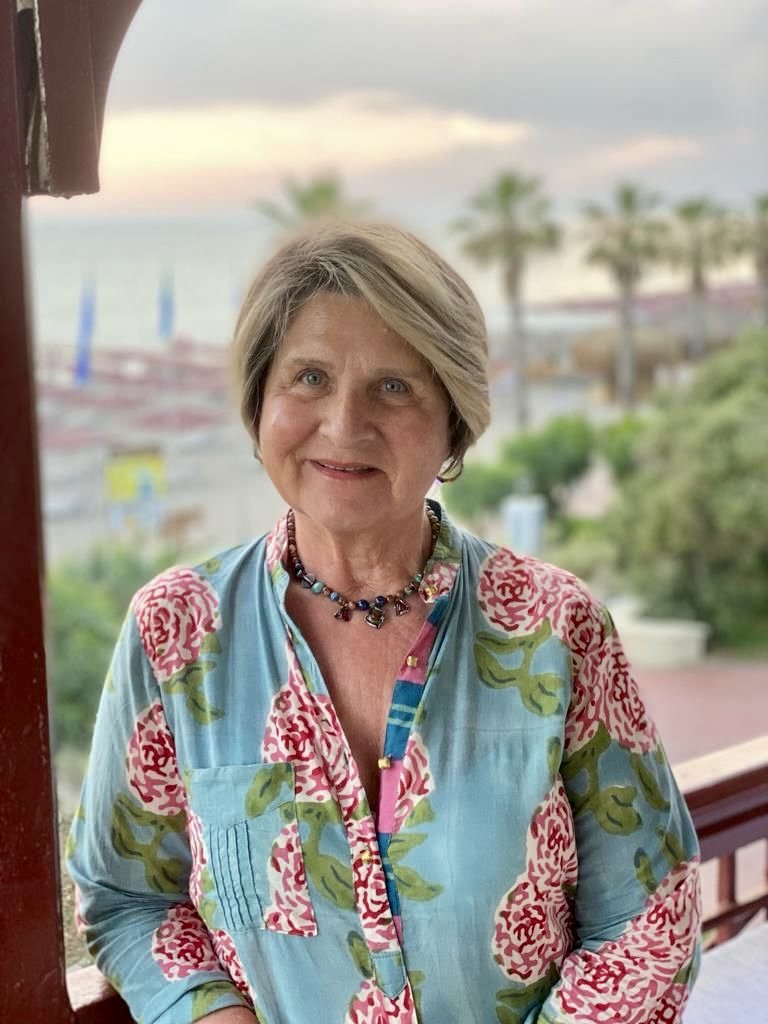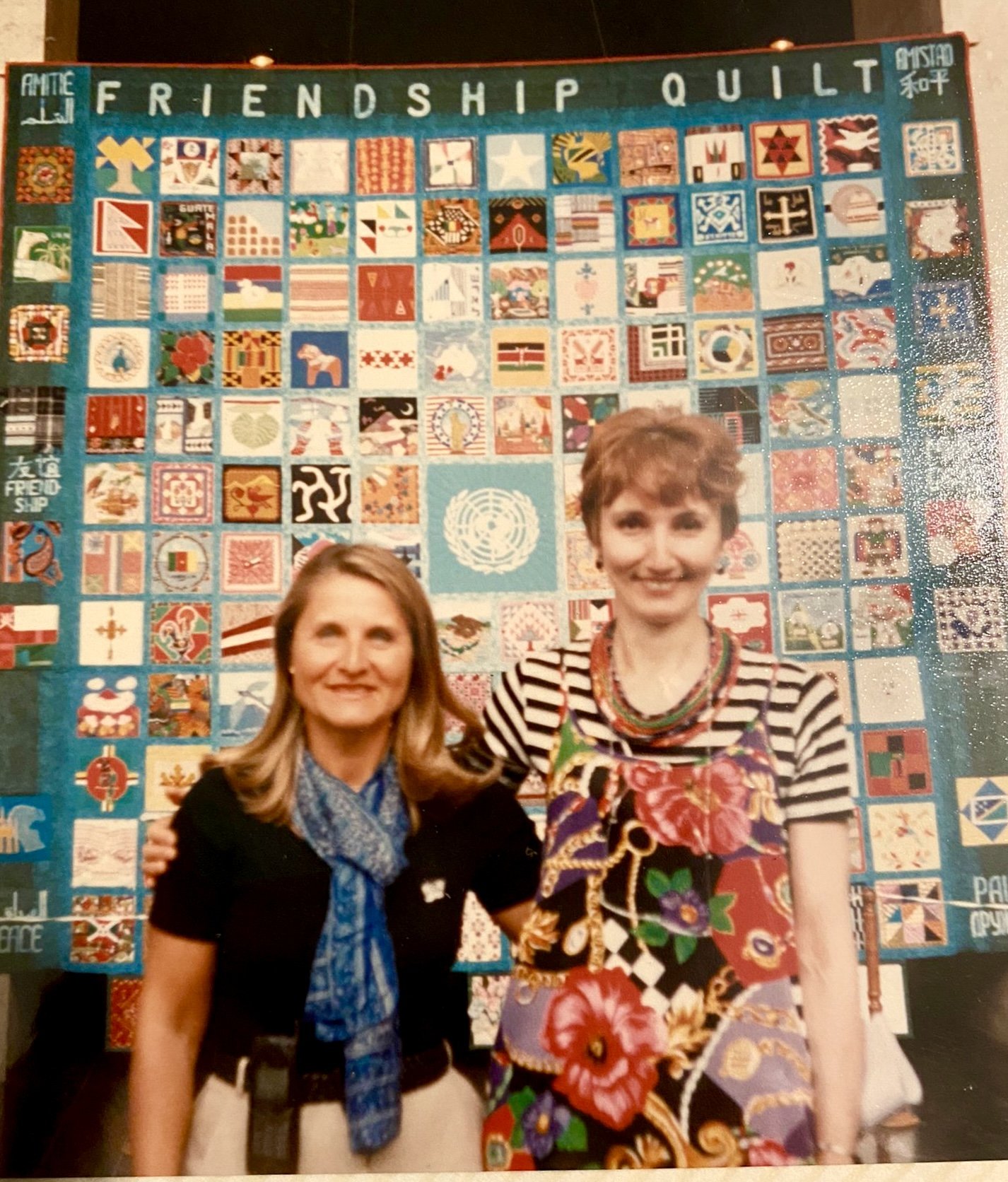OYA SEZER, TURKEY
I’ve always loved the feel of fabric, and started sewing at an early age.
But how did a Turkish woman fall in love with the traditional Amish quilt patterns I use so often in my own quilts?
In 1990, I accompanied my daughter Didem to Franklin and Marshall College in Lancaster, Pennsylvania—in Amish country. I wasn’t familiar with Amish culture at all. Intrigued, I started to research the Amish people, their art and their history. I learned that their patterns were based on daily life—building houses, ploughing fields, growing food. The Amish pattern “Tumbling Blocks,” for instance, is based on bundled crops.
With both children away at university, I decided to join a quilting group to fill my time. Quilting was a completely new art form for me. Patchwork design is actually common in Turkish culture. For example, patchwork prayer rugs are called kirkpare (“40 pieces” in Turkish). I’ve also seen Ottoman-era military tents made of patchwork because it’s easier to mend them in wartime.
But Amish design appealed to me from the beginning. Every time I visited Didem in college, I bought Amish pattern books, and subscribed to quilting magazines. Patchwork is like solving a riddle to me—different parts come together in harmony to make a beautiful whole. Just like friendships.
Ever since then, I’ve made quilts, and give them as gifts to friends and family.
An International Saga: The United Nations’ 50th Anniversity Quilt
During a 1995 New York trip, I met Ludmilla Bokova at a quilt exhibition where she was running a quilting bee. A group of women were stitching together patches from all over the world to create a Friendship Quilt in celebration of the UN’s 50th Anniversary. But there wasn’t a patch from Turkey. I immediately volunteered to create one—which I did—sending it to New York with a flight attendant friend.
When the quilt was completed, Ludmilla started showing it around the world. 1996 was the year of my 25th wedding anniversary. When my husband Zühtü asked what I wanted for a gift, I replied, “The quilt in Istanbul.” So he generously arranged for both the quilt and Ludmilla to come to Istanbul. After considerable effort, I finally got permission from the Turkish Minister of Culture himself to display the quilt for a week in Istanbul’s famous Atatürk Cultural Center.
Ludmilla and I are standing in front of the Friendship Quilt in Istanbul’s prestigious Atatürk Cultural Center. Representing more than 100 countries, it measures nearly 5 meters square (16.5 feet square).


